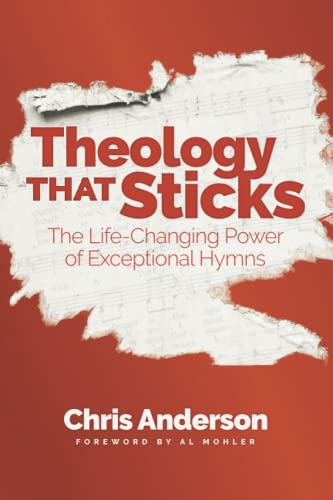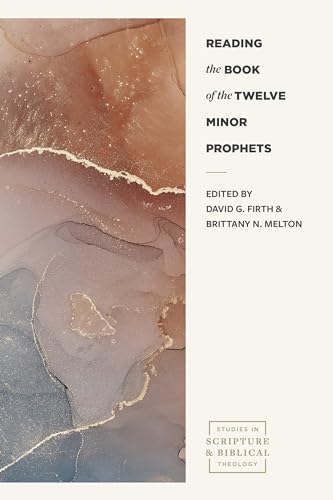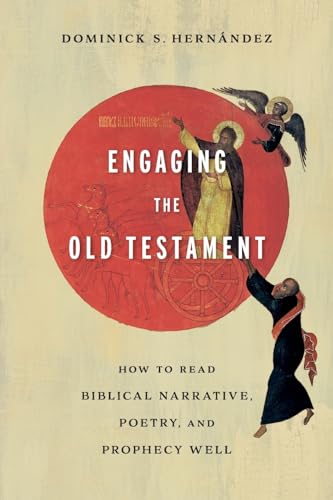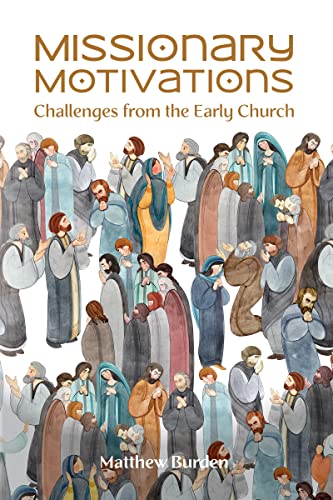Timothy Keller: His Spiritual and Intellectual Formation
Written by Collin Hansen Reviewed By Caleb MorellCollin Hansen’s Timothy Keller: His Spiritual and Intellectual Formation is a book that defies comparison. Rather than a traditional biography, it is an attempt to explore the influences that shaped the well-known author, evangelist, and late pastor of Redeemer Presbyterian Church in New York City. To accomplish this ambitious task, Hansen draws on his experience as a journalist, distilling dozens of interviews, deep background research, and hundreds of sources into an insightful introduction to one of the greatest preachers of his generation.
Organized in eighteen chapters divided chronologically into four parts (pre-seminary, seminary, early ministry, and Manhattan), Hansen introduces readers to Keller’s childhood in Allentown, Pennsylvania, and his experiences as an undergraduate at Bucknell University and as a seminary faculty at Gordon-Conwell. Throughout, Hansen ably outlines the thoughts and writings of thinkers as diverse as J. R. R. Tolkien, Meredith Kline, and Richard Lovelace, as encountered by Keller during his formative years.
Those familiar only with Keller’s ministry in Manhattan will doubtless be most surprised that three-quarters of the book deals with Keller’s life before planting Redeemer. While many may be more interested in Hansen’s analysis of recent events, the book has another purpose: not to evaluate Keller’s influence but to examine Keller’s influences. As Hansen notes at the book’s conclusion, “Future generations will honor Keller better by reading his library than by quoting him” (p. 266). Hansen’s book is thus an attempt not just to introduce readers to Keller but to the people who shaped him.
The greatest surprise of Keller’s influences may be that his exposure to some of the modern authors most associated with him came relatively late in life. It was not until he was in his fifties that Keller began reading Charles Taylor, Alasdair MacIntyre, Philip Rieff, and Robert Bellah (p. 238). In fact, Keller never mentioned Charles Taylor in a sermon until 2013! However indelible their impact, their influence came later. Thus, discussion of them is reserved for the penultimate chapter of Hansen’s book.
What other influences profoundly shaped Keller’s early pastoral and theological development? Hansen mentions many, including the growing InterVarsity movement, the woman who introduced him to the inductive Bible-study method, and his stellar faculty at Gordon-Conwell. But the chief place must be reserved for the Puritans. Early on, Hansen documents what he calls Keller’s “Puritan immersion” as a young pastor in Hopewell, Virginia, where he voraciously poured over Banner of Truth titles, including a careful line-by-line study through both volumes of The Works of Jonathan Edwards. Keller read Thomas Brooks, Richard Sibbes, John Flavel, George Whitefield, Thomas Charnock, and John Owen (p. 123). In Martyn Lloyd-Jones, Keller saw a model of embodying the doctrinal richness of the Reformed tradition for the modern age (pp. 124–25).
The subtle but resounding implication of Hansen’s study of Keller’s theological influences is this: You do not become Timothy J. Keller by just reading sociological studies of postmodernity. These books certainly helped Keller make better sense of our age and how to better present the gospel to nonbelievers. But for Keller, these writers were always supplements, not substitutes, for the doctrinal foundations dug deep into his bones during his twenties and thirties.
Those looking to learn from Keller’s success would do well to follow Keller’s example. They should read Hansen’s excellent book about Keller, but they should not stop there. They should read deeply in Calvin, Edwards, Owen, and the great foundations of the Reformed tradition. They should read widely in history, sociology, and literature, gleaning common-grace insights into our cultural conditions. And they should bring all of these influences to bear in freshly articulating the unchanging truths of Christianity for a modern age.
Caleb Morell
Caleb Morell
Midwestern Baptist Theological Seminary
Kansas City, Missouri, USA
Other Articles in this Issue
Menzies responds to Tupamahu’s post-colonial critique of the Pentecostal reading of Acts and the missionary enterprise...
The Lamblike Servant: The Function of John’s Use of the OT for Understanding Jesus’s Death
by David V. ChristensenIn this article, I argue that John provides a window into the mechanics of how Jesus’s death saves, and this window is his use of the OT...
Geerhardus Vos: His Biblical-Theological Method and a Biblical Theology of Gender
by Andreas J. KöstenbergerThis article seeks to construct a biblical theology of gender based on Geerhardus Vos’s magisterial Biblical Theology...
Is the One God of the Old Testament and Judaism Exactly the Same God as the Trinitarian God—Father, Son, and Holy Spirit—of the New Testament and Christian Creeds?
by John Jefferson DavisThis article argues that the One God of the Old Testament and Judaism is exactly the same God as the Trinitarian God of the New Testament and Christian creeds...
A well-known Christian intellectual and cultural commentator, John Stonestreet, has often publicly spoken of the need for Christians to develop a theology of “getting fired...







